Running Doubles
Topic 31237 | Page 8

I like it... a lot. Thanks for asking. I’ve gotten used to it, I actually prefer how they track as compared to a long box.
How about you? You’ve been at this for a while now; likes, dislikes?
How do you like driving a set? Get used to how they handle yet? And that you have to basically alway be able to move forward since you can't back up far.
I definitely like how they turn, you can make most turns without swinging very wide.
Do not like wind that rear trailer will sometimes off track a quarter of a lane no matter what you do. Also hooking a set in snow sucks, the dolly tends to have a mind of its own and does not want to corporate. I started keeping a small shovel with me so I can clear a path which helps a bunch.

Good advice Bobcat, thank you. I haven’t experienced pushing the dolly on snow.
I definitely like how they turn, you can make most turns without swinging very wide.
Do not like wind that rear trailer will sometimes off track a quarter of a lane no matter what you do. Also hooking a set in snow sucks, the dolly tends to have a mind of its own and does not want to corporate. I started keeping a small shovel with me so I can clear a path which helps a bunch.
Yeah snow can make it difficult. But it’s all about being cognizant of where your going to hook up. Try and avoid hooking up on an incline if possible or if it isn’t avoidable, carry some pea gravel, or put a single chain on one drive tire.
I definitely like how they turn, you can make most turns without swinging very wide.
Do not like wind that rear trailer will sometimes off track a quarter of a lane no matter what you do. Also hooking a set in snow sucks, the dolly tends to have a mind of its own and does not want to corporate. I started keeping a small shovel with me so I can clear a path which helps a bunch.
I’d add extra glad hand gaskets and 22 inch bungee cords to the list, and some deep creep spray to help stubborn pintles. Also spray fill a spray bottle with some diesel and spray it on the converter dollies fifth wheel jaws once in a while
For anyone considering running doubles; working for a company requiring the driver to perform the setup build and breakdown, there are several tools I consider essential.
Waterproof steel tip boots with an aggressive tread, a high quality, hi-vis rain jacket. Each setup and subsequent inspection requires about 30-35 minutes. One tiny misalignment or problem (like replacing a gladhand gasket) will add time. Thus you are out in the weather working around heavy trucks, trailers and associated components. I invested in these boots before I left Walmart. They haven’t let me down. NortiV8 is the brand.
A good flashlight that can withstand being dropped from time to time. I use this more than any other tool. I use it to mark the ground, illuminate my target spot when backing up to the dolly. Many uses. It has a holster making it easy to find and carry along. I always have spare batteries and two of these lights.
A miners light... hands free brightness, goes without saying. Many times I need both hands in pitch blackness when setting up.
Long cable ties. I use these in place of bungee cords to secure electrical cables and air hoses to the dolly.
My favorite gloves... Harbor Freight! I swear by this brand.
My mini sledge hammer required for coaxing stubborn pintle hook locks into place. It comes in handy for other problems in need of directed force. Such as tight door latches, sticking air valves, rail gates that are misaligned...etc.
Doubles:
Refers to pulling two trailers at the same time, otherwise known as "pups" or "pup trailers" because they're only about 28 feet long. However there are some states that allow doubles that are each 48 feet in length.
HOS:
Hours Of Service
HOS refers to the logbook hours of service regulations.
Good advice David. Thanks for the replies.
The gaskets should be carried by every driver; for doubles however expect to replace them more often because of more connections and the extremes the gaskets are subjected to on the trailer rear.
I’d add extra glad hand gaskets and 22 inch bungee cords to the list, and some deep creep spray to help stubborn pintles. Also spray fill a spray bottle with some diesel and spray it on the converter dollies fifth wheel jaws once in a while
For anyone considering running doubles; working for a company requiring the driver to perform the setup build and breakdown, there are several tools I consider essential.
Waterproof steel tip boots with an aggressive tread, a high quality, hi-vis rain jacket. Each setup and subsequent inspection requires about 30-35 minutes. One tiny misalignment or problem (like replacing a gladhand gasket) will add time. Thus you are out in the weather working around heavy trucks, trailers and associated components. I invested in these boots before I left Walmart. They haven’t let me down. NortiV8 is the brand.
A good flashlight that can withstand being dropped from time to time. I use this more than any other tool. I use it to mark the ground, illuminate my target spot when backing up to the dolly. Many uses. It has a holster making it easy to find and carry along. I always have spare batteries and two of these lights.
A miners light... hands free brightness, goes without saying. Many times I need both hands in pitch blackness when setting up.
Long cable ties. I use these in place of bungee cords to secure electrical cables and air hoses to the dolly.
My favorite gloves... Harbor Freight! I swear by this brand.
My mini sledge hammer required for coaxing stubborn pintle hook locks into place. It comes in handy for other problems in need of directed force. Such as tight door latches, sticking air valves, rail gates that are misaligned...etc.
Doubles:
Refers to pulling two trailers at the same time, otherwise known as "pups" or "pup trailers" because they're only about 28 feet long. However there are some states that allow doubles that are each 48 feet in length.
HOS:
Hours Of Service
HOS refers to the logbook hours of service regulations.Definitely in awe and respect of you guys, I cant imagine pulling doubles , it seems like it would be really difficult. Please pardon the question if its off track, Whats the purpose of doubles, Ive always wondered how they came about and why we use them instead of a regular single trailer?
Doubles:
Refers to pulling two trailers at the same time, otherwise known as "pups" or "pup trailers" because they're only about 28 feet long. However there are some states that allow doubles that are each 48 feet in length.

Davy asks:
Please pardon the question if its off track, Whats the purpose of doubles , Ive always wondered how they came about and why we use them instead of a regular single trailer?
That’s actually a great question! It’s about efficiency and cost control. Basically paying one driver to move two or depending on the geography, three trailers. Typically the final destination for each trailer is a different location.
In my case; food service, I’m shuttling empties from remote yards to a regional distribution center. I take apart the empties and either park in an empty lot or spot on a door for loading. I then build a set of loaded 28’ trailers and take them back to one of the remote yards where I again take them apart and park. Each trailer is loaded for a specific route for an individual driver to deliver to multiple customers. I typically do two runs per night; which supplies up to 4 route drivers with their loads.
Hope that helps. I’ll let the LTL guys give you there answer.
Regional:
Regional Route
Usually refers to a driver hauling freight within one particular region of the country. You might be in the "Southeast Regional Division" or "Midwest Regional". Regional route drivers often get home on the weekends which is one of the main appeals for this type of route.
LTL:
Less Than Truckload
Refers to carriers that make a lot of smaller pickups and deliveries for multiple customers as opposed to hauling one big load of freight for one customer. This type of hauling is normally done by companies with terminals scattered throughout the country where freight is sorted before being moved on to its destination.
LTL carriers include:
- FedEx Freight
- Con-way
- YRC Freight
- UPS
- Old Dominion
- Estes
- Yellow-Roadway
- ABF Freight
- R+L Carrier
Doubles:
Refers to pulling two trailers at the same time, otherwise known as "pups" or "pup trailers" because they're only about 28 feet long. However there are some states that allow doubles that are each 48 feet in length.
Loading/unloading 2 28 foot trailers is faster and more efficient than 1 53 foot trailer. Then there's also hazmat issues. Some hazmats can't be loaded together and poison can't be loaded with food items. Imagine having to send out a single 53 foot trailer because you have a poison shipment and food shipment that have to go out today.
Like G-Town said, trailers may be going to different locations and sometimes they're loaded/unloaded based on estimated delivery date. A trailer with freight that's early can sit in the yard a little longer.
HAZMAT:
Hazardous Materials
Explosive, flammable, poisonous or otherwise potentially dangerous cargo. Large amounts of especially hazardous cargo are required to be placarded under HAZMAT regulations
New Reply:
New! Check out our help videos for a better understanding of our forum features

















Preview:
This topic has the following tags:
Changing Careers Choosing A Trucking Company Doubles and Triples Linehaul LTL Driving Photos Trailers Truck Equipment






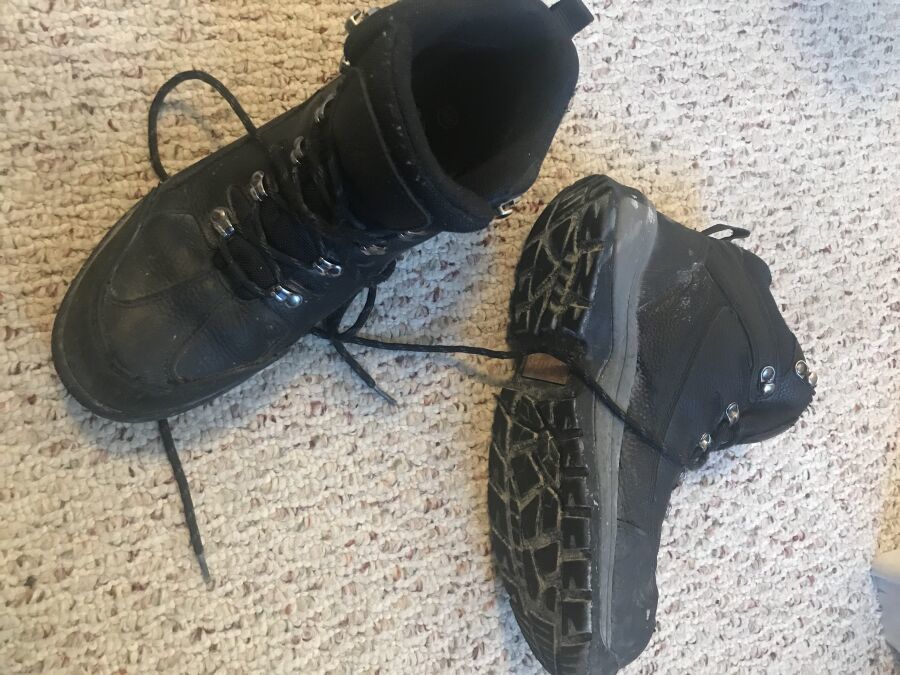
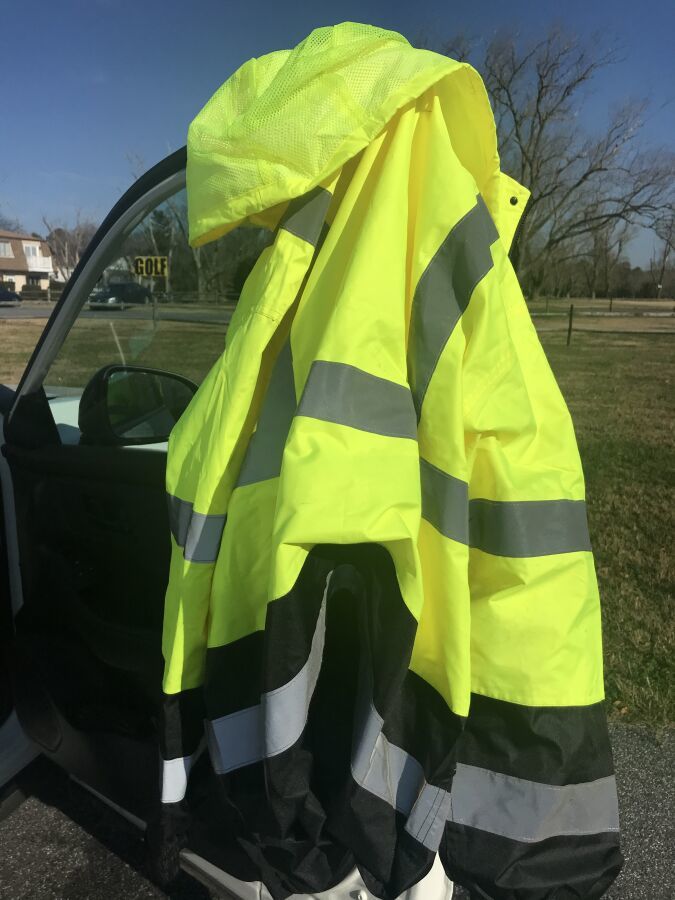
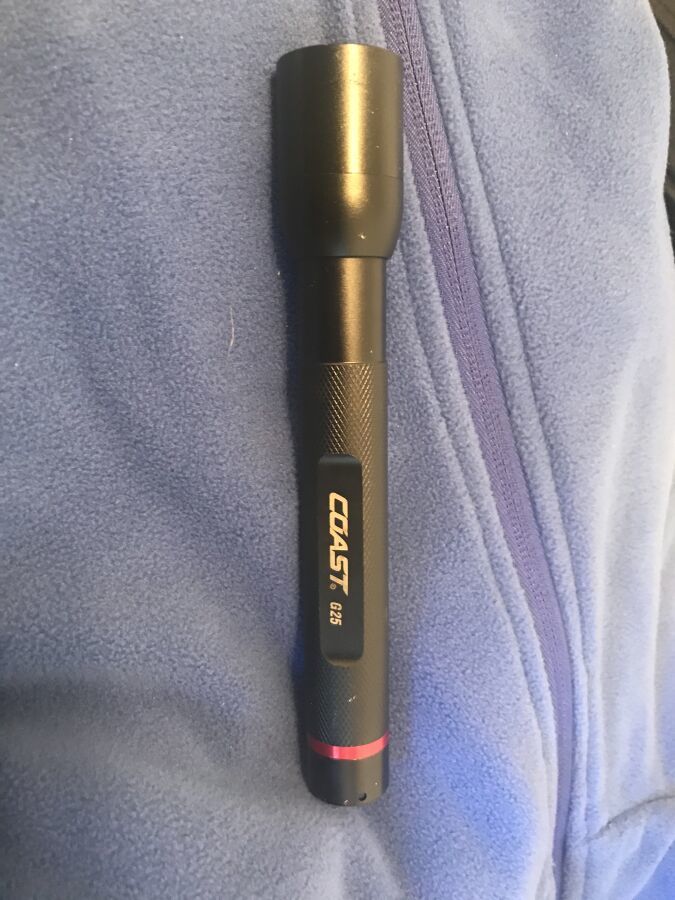
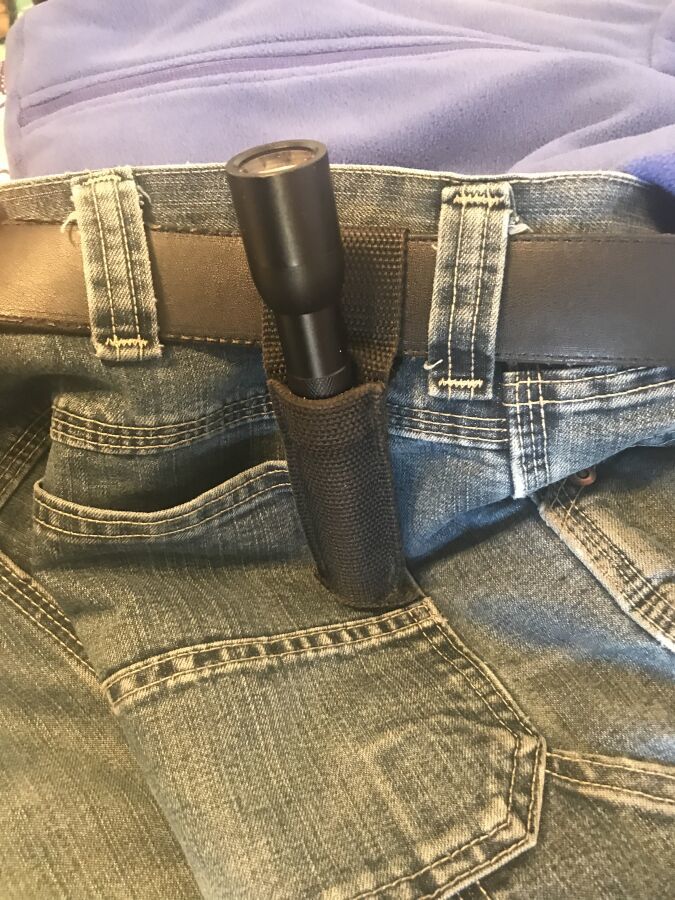
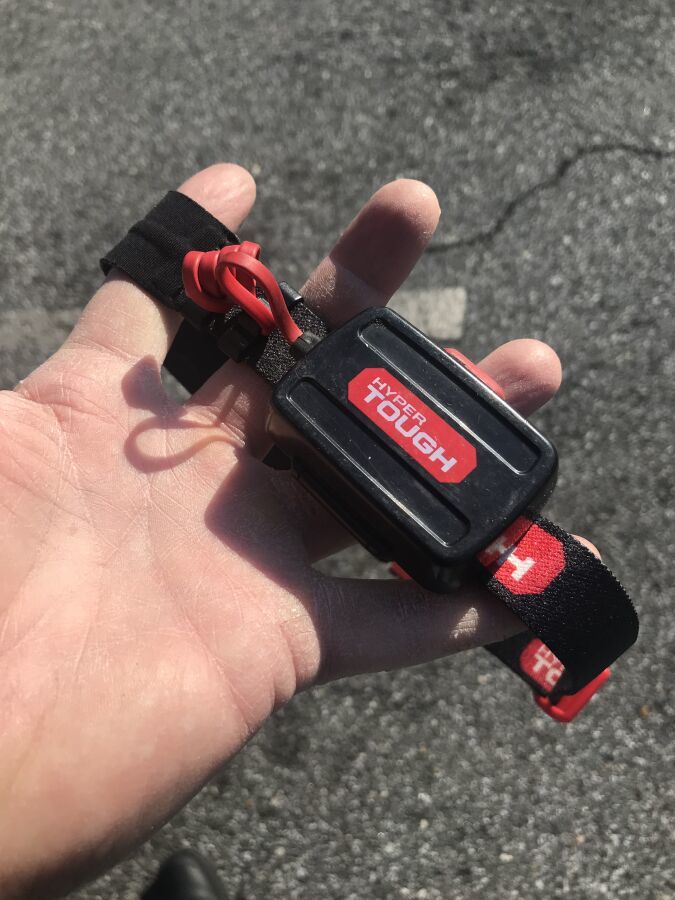

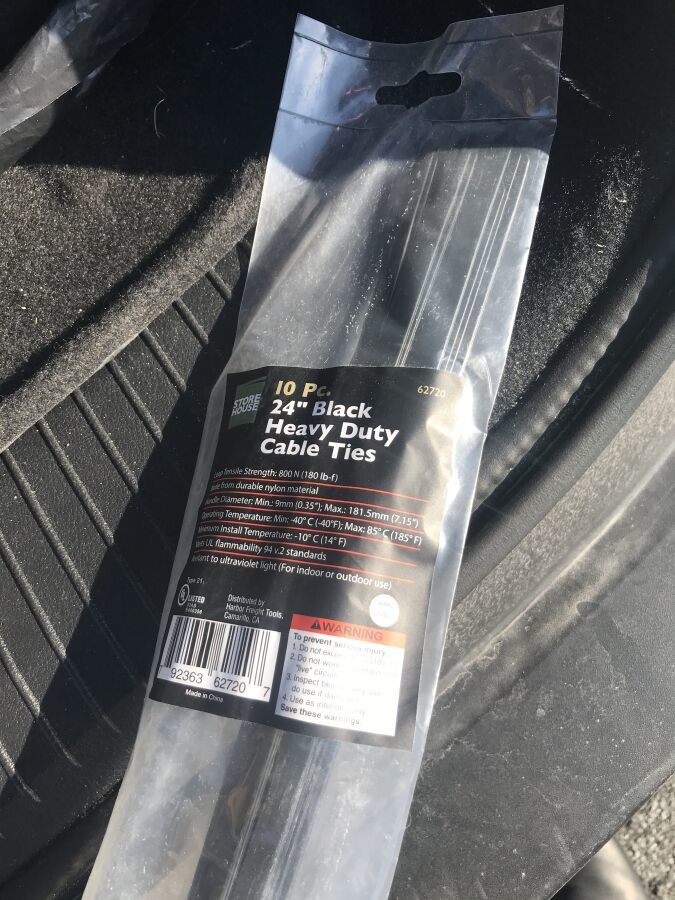
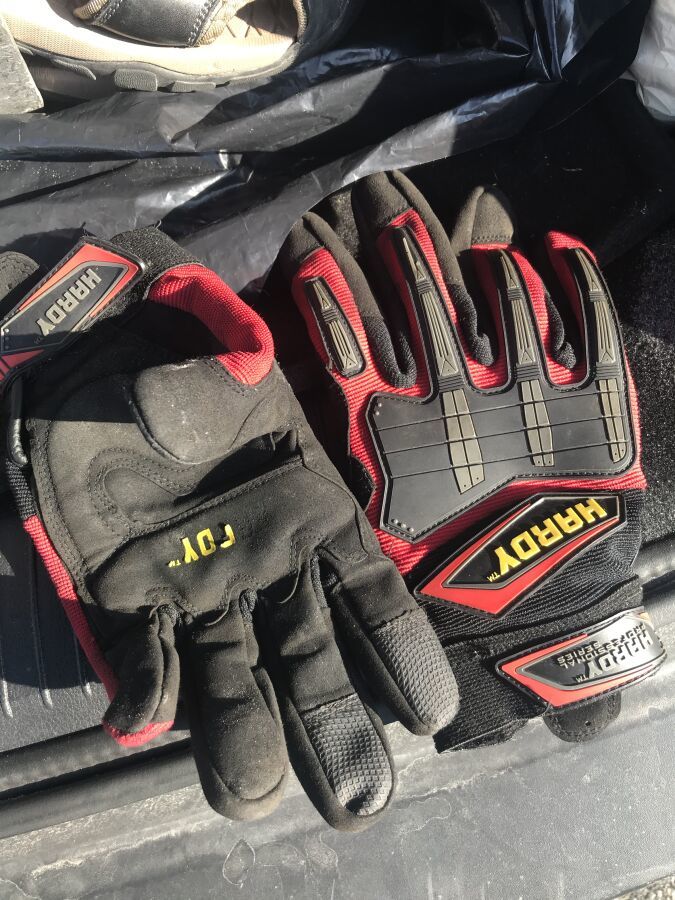
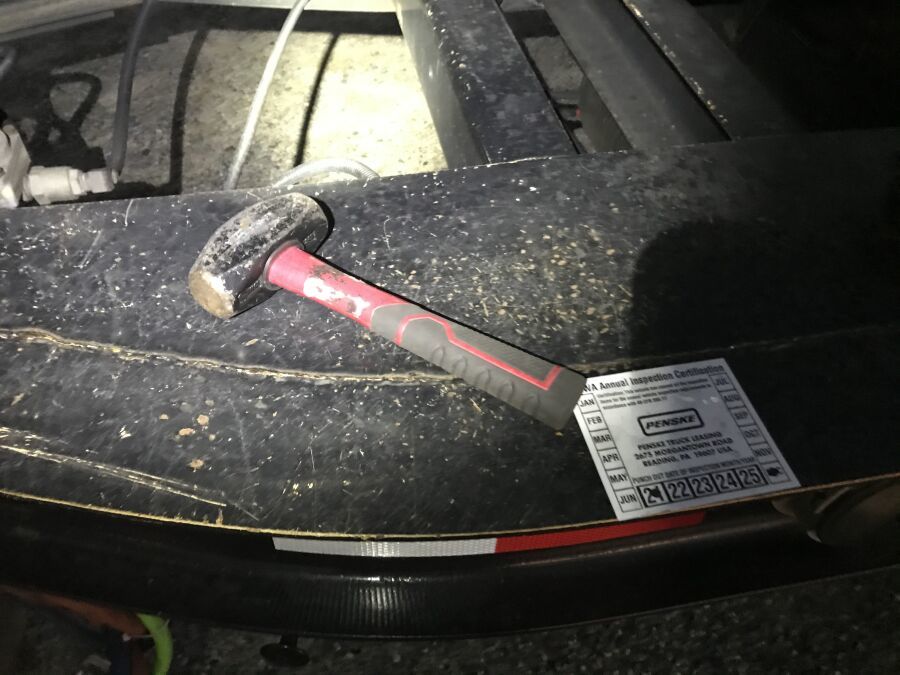

 TT On Facebook
TT On Facebook
How do you like driving a set? Get used to how they handle yet? And that you have to basically alway be able to move forward since you can't back up far.